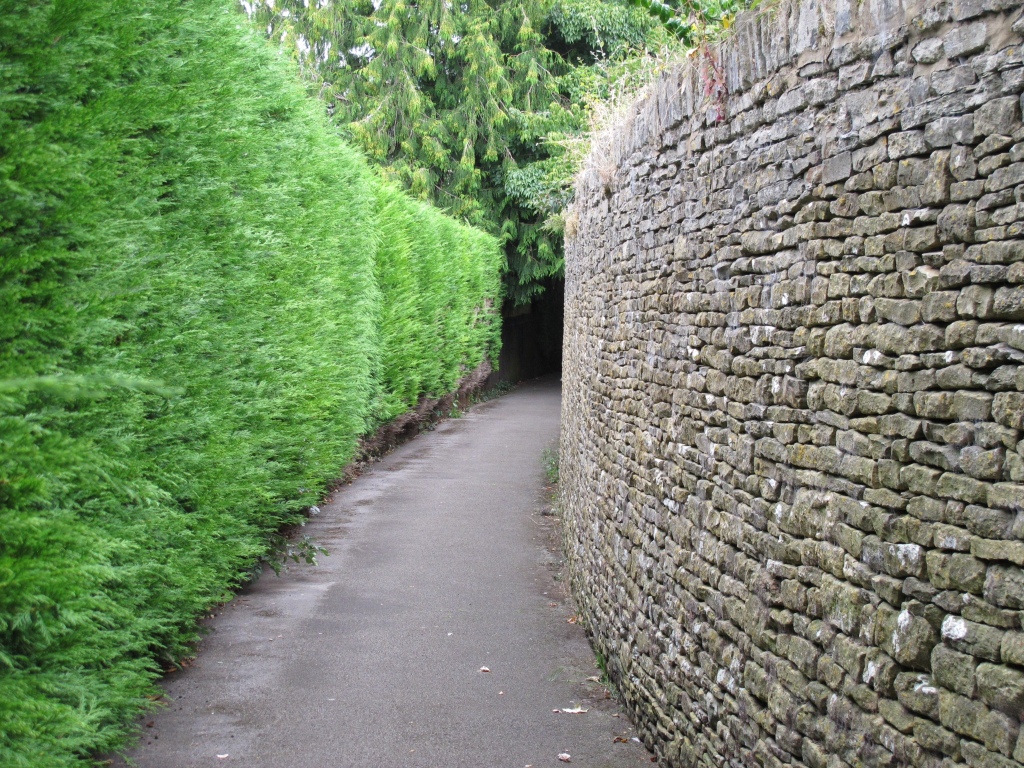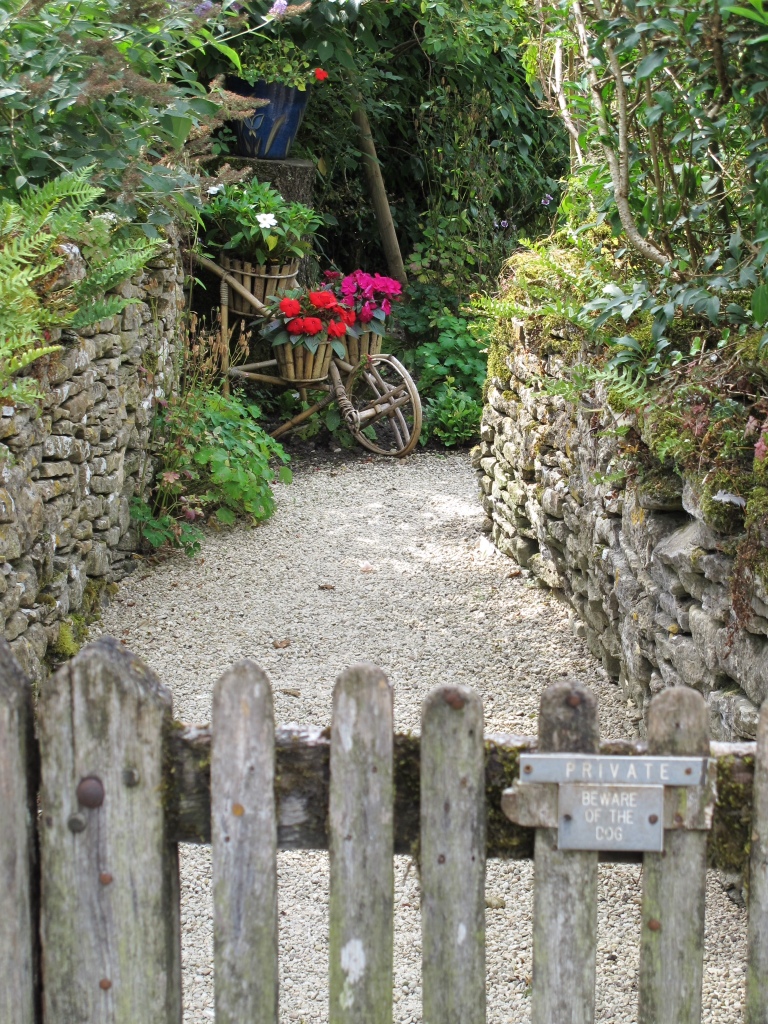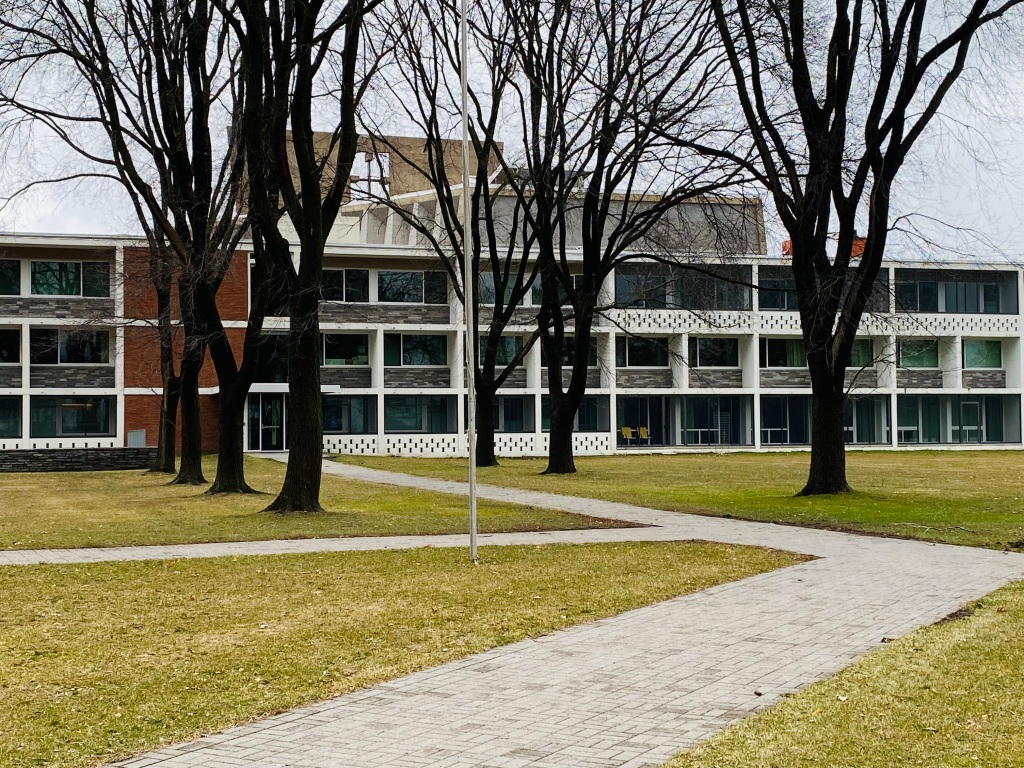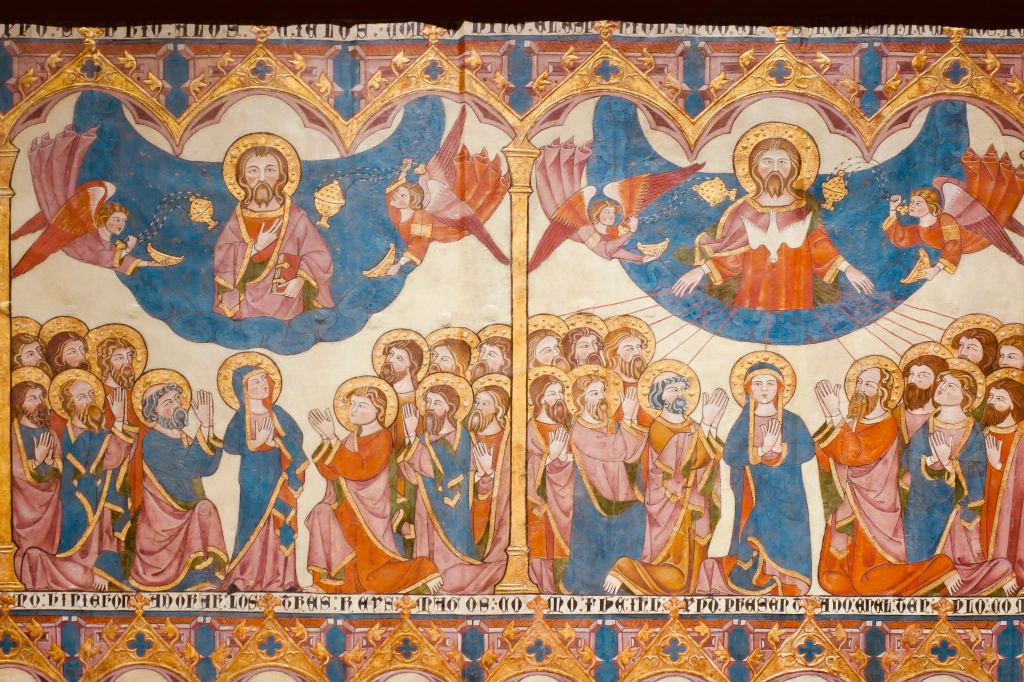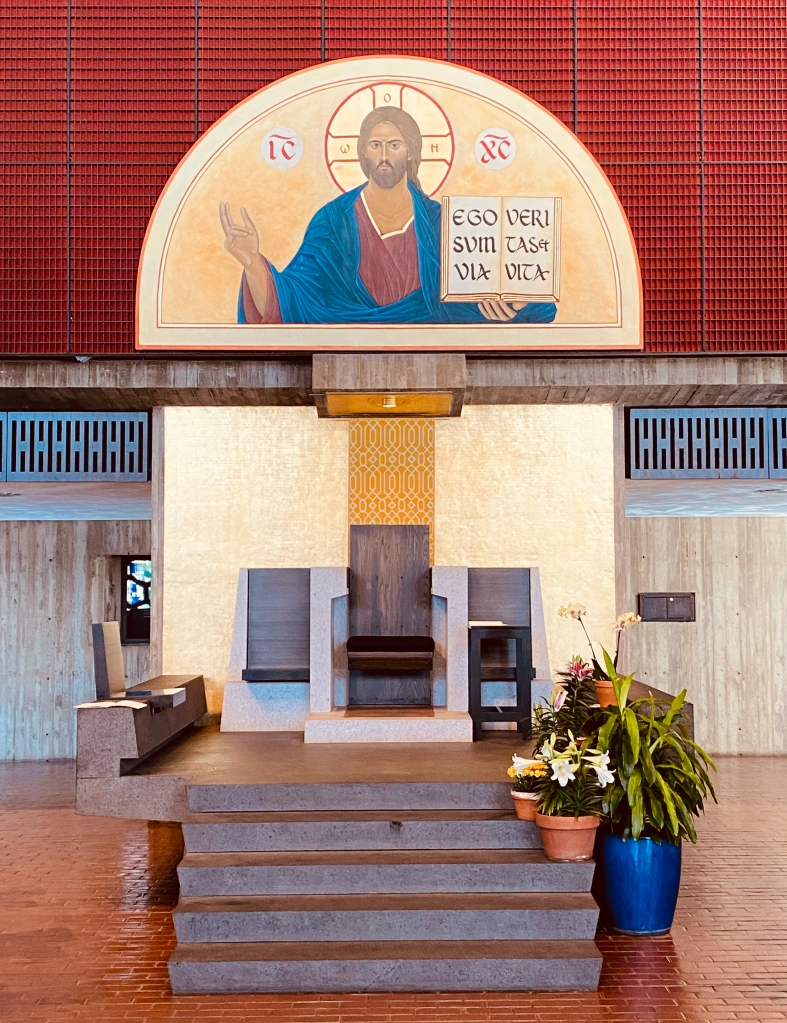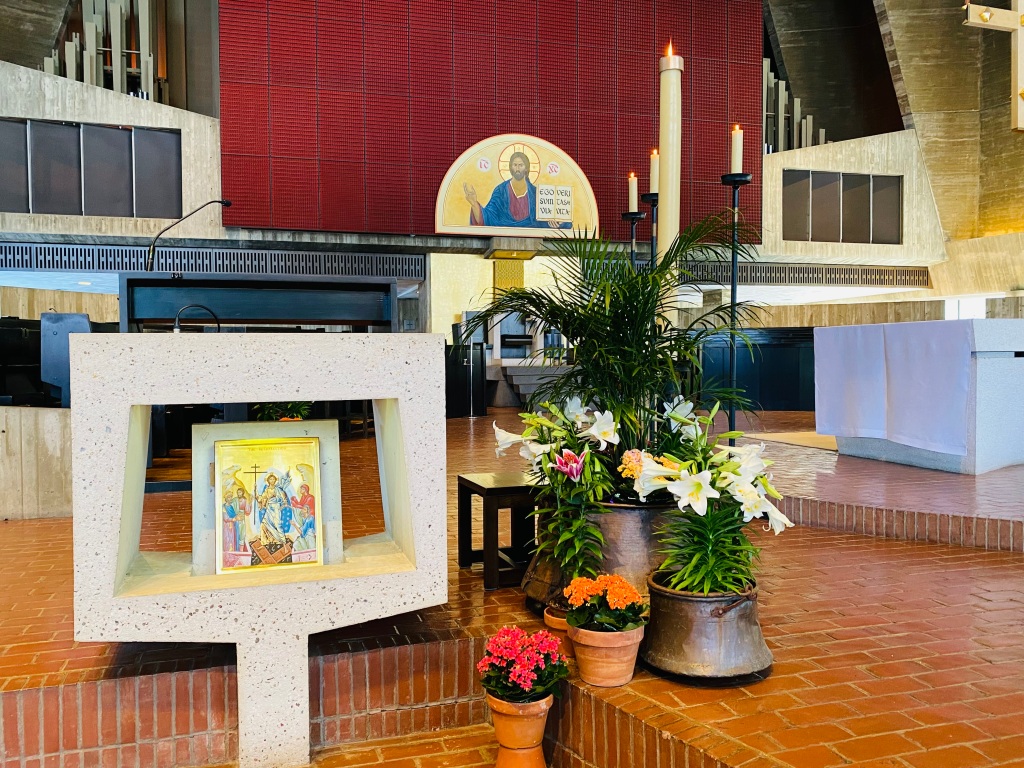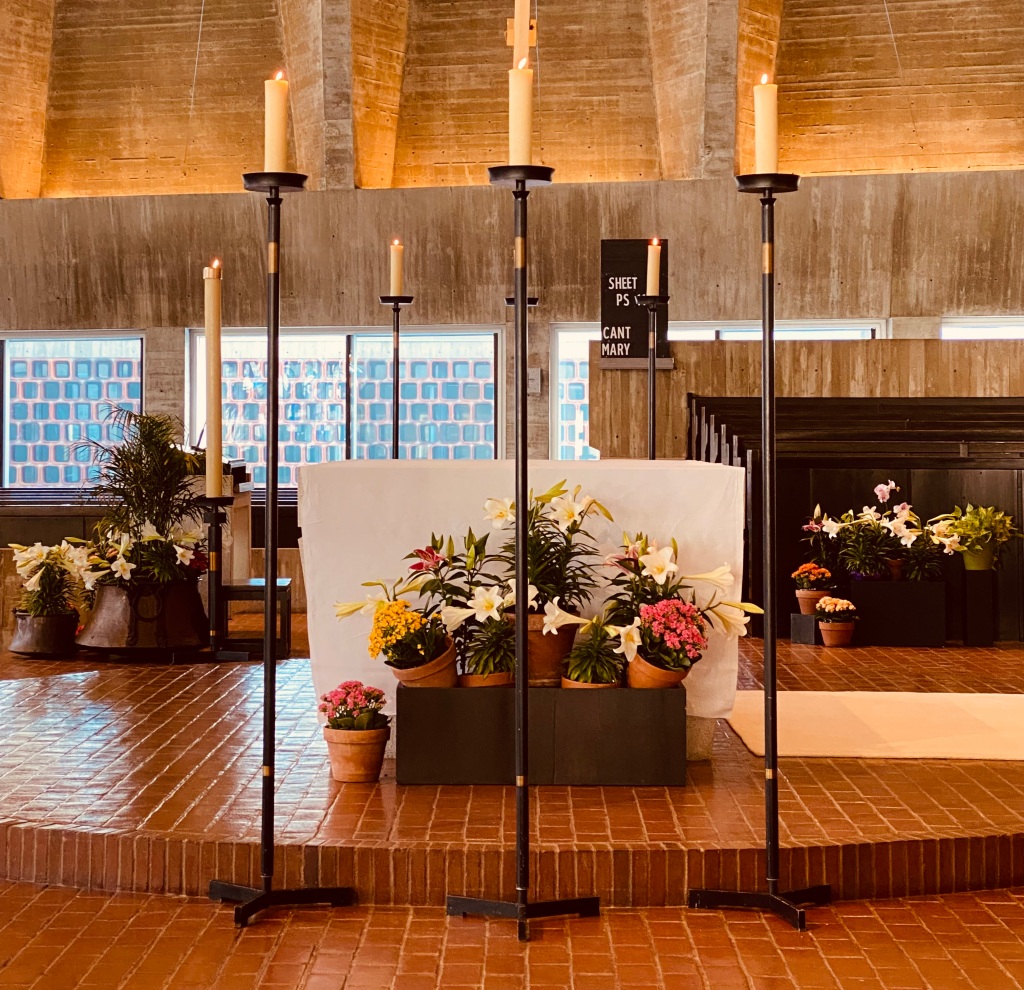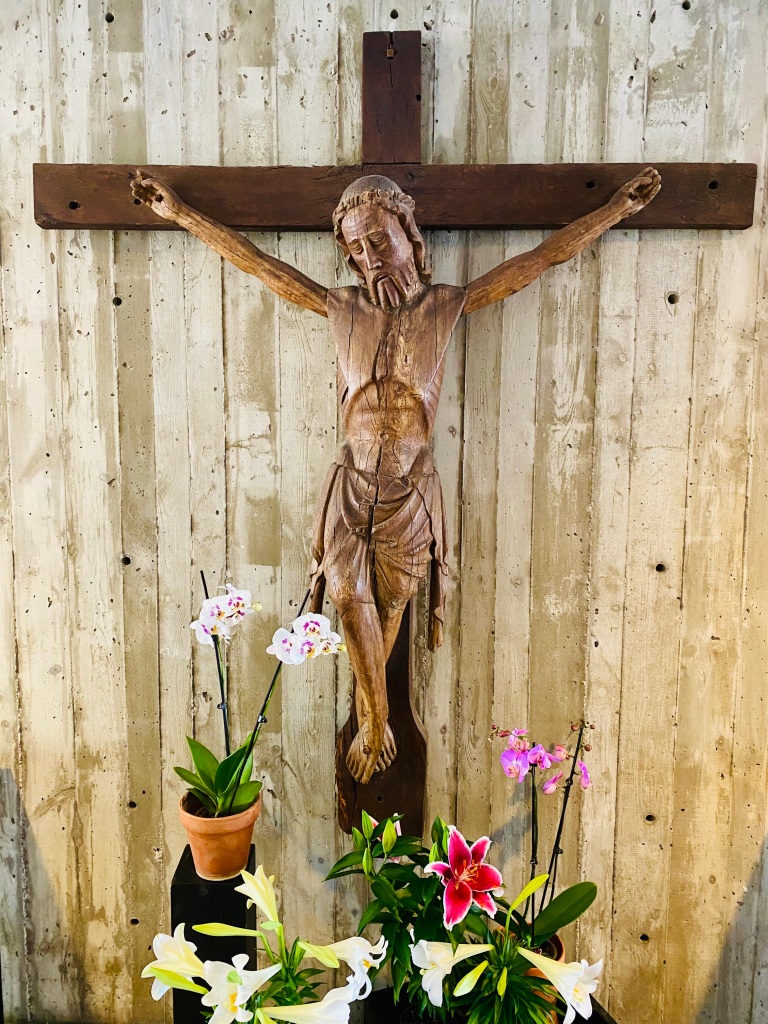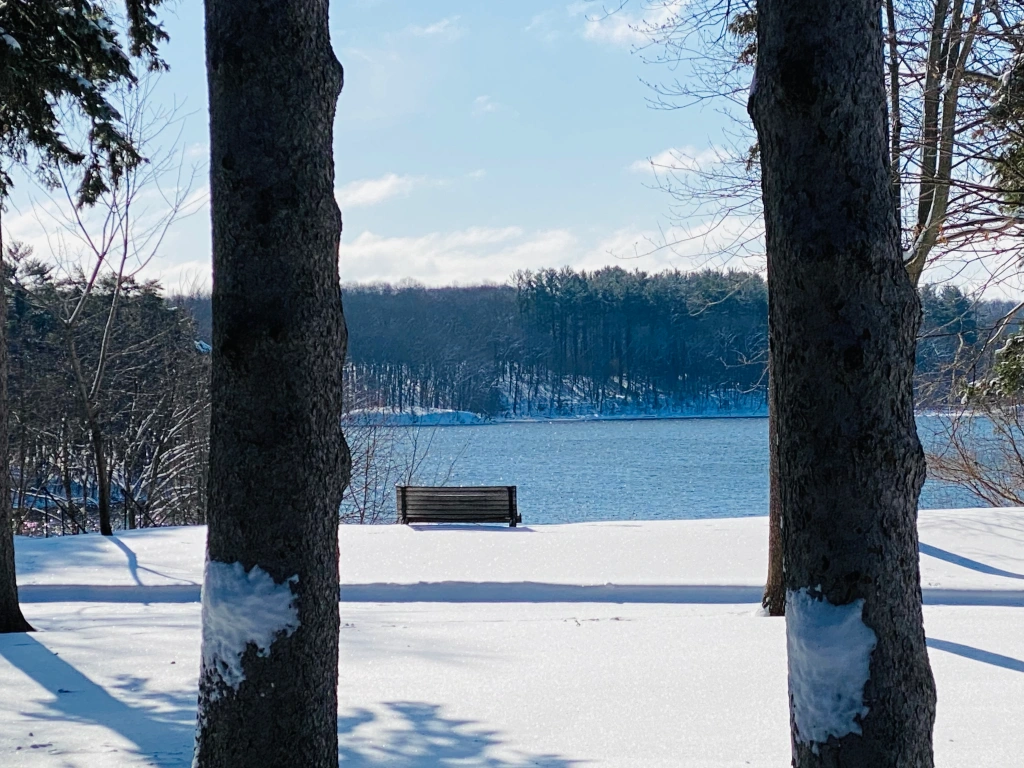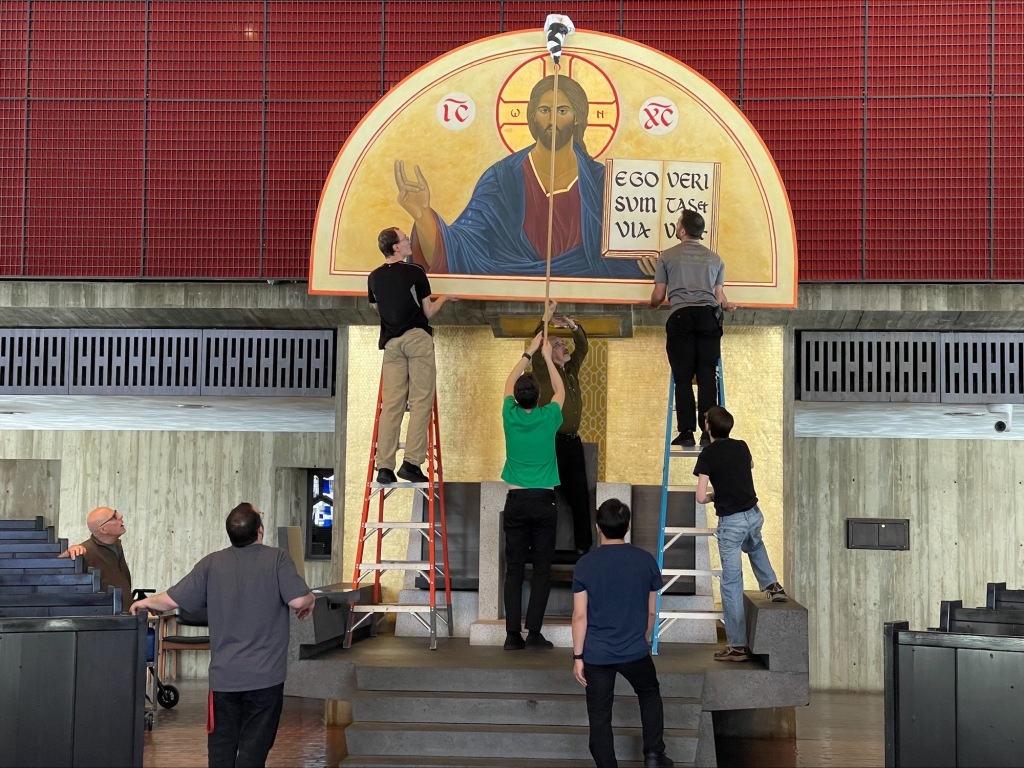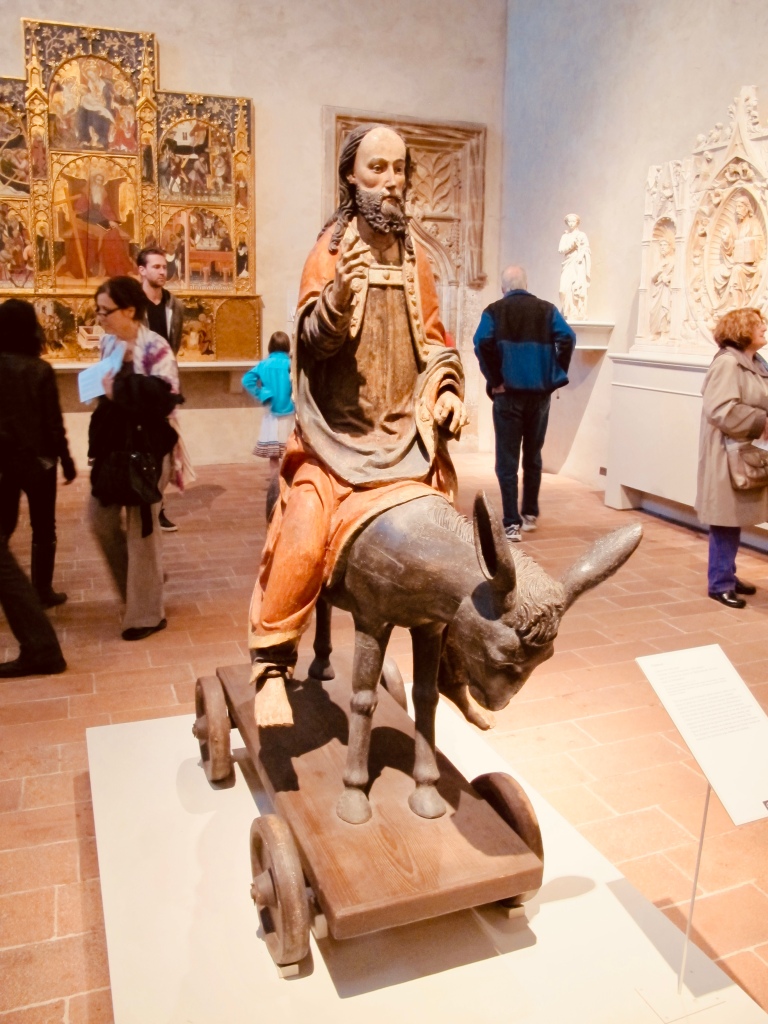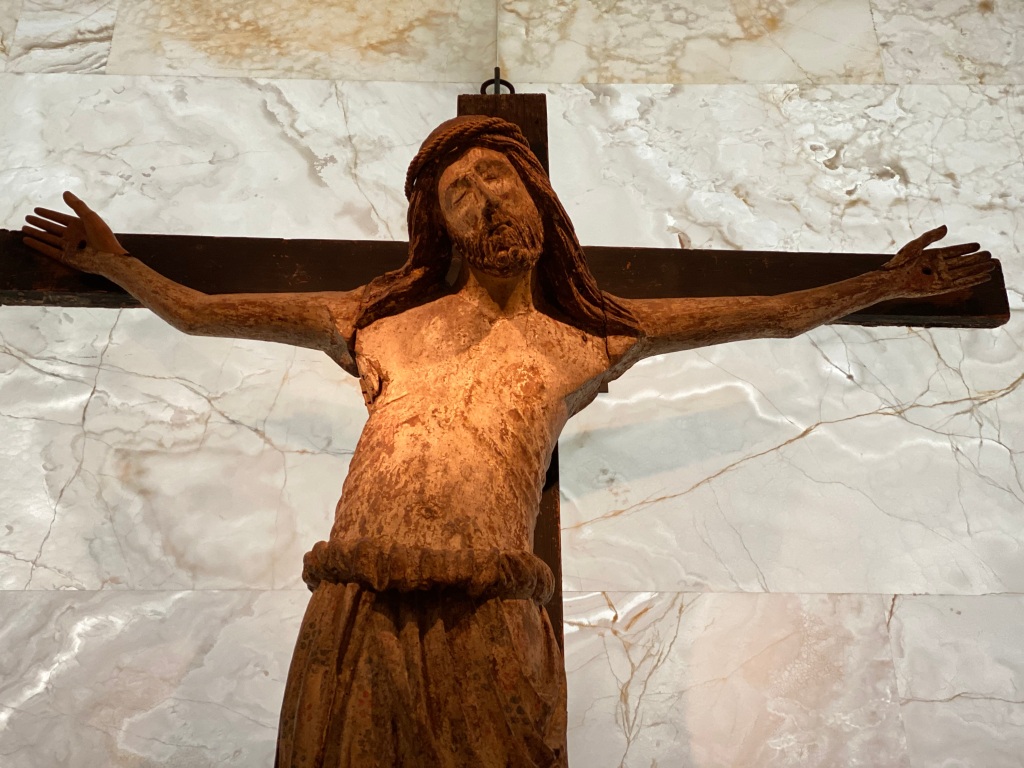Pilgrimage — Why Bother?
I’ve never thought of myself as a pilgrimage junkie, but perhaps maybe I’ve become one. I’ve walked the Via Dolorosa in Jerusalem, a long stretch of the Camino to Santiago, and this week I again walked in the candle-lit procession in Lourdes. In retrospect I realize that I never really chose any of these paths, because each time someone else invited me to go. And I recall my hesitation at the first invitation I got. I stewed about it, for all sorts of reasons. But soon enough I realized what an extraordinary opportunity a pilgrimage can be. So electing to go to Lourdes this last week was an easier decision this time around.
Whatever you may think, a pilgrimage is not a picnic. Before my first visit to Lourdes I had conjured up the image of a lovely stroll through a peaceful country town. But it did not turn out as I had expected. The daily regimen of Lourdes requires processions that test the endurance of your feet, and there are pauses in the middle of a procession that require the patience of a tortoise. Then there is the unpredictability of the weather. Much of what happens at Lourdes happens out of doors, and so the weather plays a major role in the quality of the experience. As a result, pilgrims often have little idea of what sort of clothing to bring. On the assumption that what you don’t bring determines the weather you get, I pack a little bit of everything.
After all these centuries, why do people still go on pilgrimage? After all, there are plenty of things that deter potential pilgrims. For one thing, there are challenges that people don’t always anticipate. People who come to Lourdes expecting a few days of serenity likely leave disappointed. Lourdes requires patience and the humility to go where leaders direct you to go. It requires a dose of what monks call custody of the tongue, because most of your neighbors don’t care that you alone know all there is to know about pilgrimages. And then there is the need to suppress one’s appetite. If you travel with a group, for example, you eat what’s set before you, rather than order from a menu.
If those are the negatives, what might be the positives? The best pay-off of all can be the camaraderie that grows among fellow pilgrims. The fact is, pilgrimage was never meant to be a joyless drudge. Of course there have always been difficulties along the way, but pilgrimage was meant to be a positive and transformative journey. Fun was supposed to be part of the deal, and inevitably pilgrims go home with a clutch of new friends. At the same time a shared sense of purpose has always been the force that knits individual pilgrims into a community.
What other positives might there be? Along the route of processions and long hikes people discover a growing appreciation for the lives of one another. Then there is one big counterintuitive discovery: you probably didn’t need to bring along as much stuff as you did. In the course of toting all that around you begin to ask whether your stuff owns you or you own your stuff. And finally, and not least, pilgrims can come to terms with their relationship with God. On any pilgrimage there is the chance to meet the Lord Jesus, who walks beside us and appears in the faces of our neighbors.
Perhaps the greatest take-away from any pilgrimage is what can happen when we get home. We unpack. We burn or wash our clothes. Finally, we put away all sorts of stuff we may have acquired along the way. But we only fool ourselves if we think the journey is over. In fact, if we’ve done our pilgrimage well, we discover that the journey has just begun. A pilgrimage completed becomes a great reference point in our lives. After a pilgrimage, we’ll never be the same again.
NOTES
+I left Minneapolis for Lourdes on an inauspicious note. The battery on my watch stopped on the way to the airport; so on the first day of travel I had to ask others for the time. After a few hours I decided that I would do the entire pilgrimage without a watch. To my surprise, I did not die. But I still managed to get to everything on time.
+We left for Lourdes with the forecast of rain every day. Just as we began our first activity in Lourdes the clouds parted and we had sun the entire time — until the last day. That was a huge blessing.








